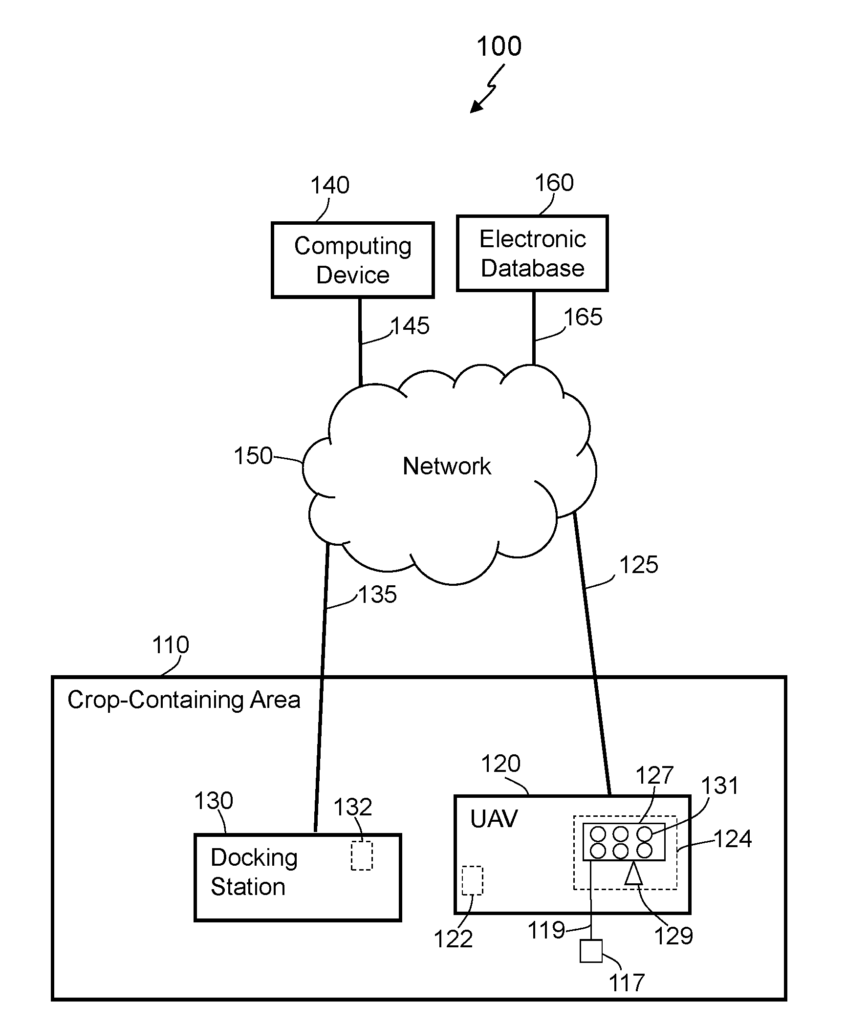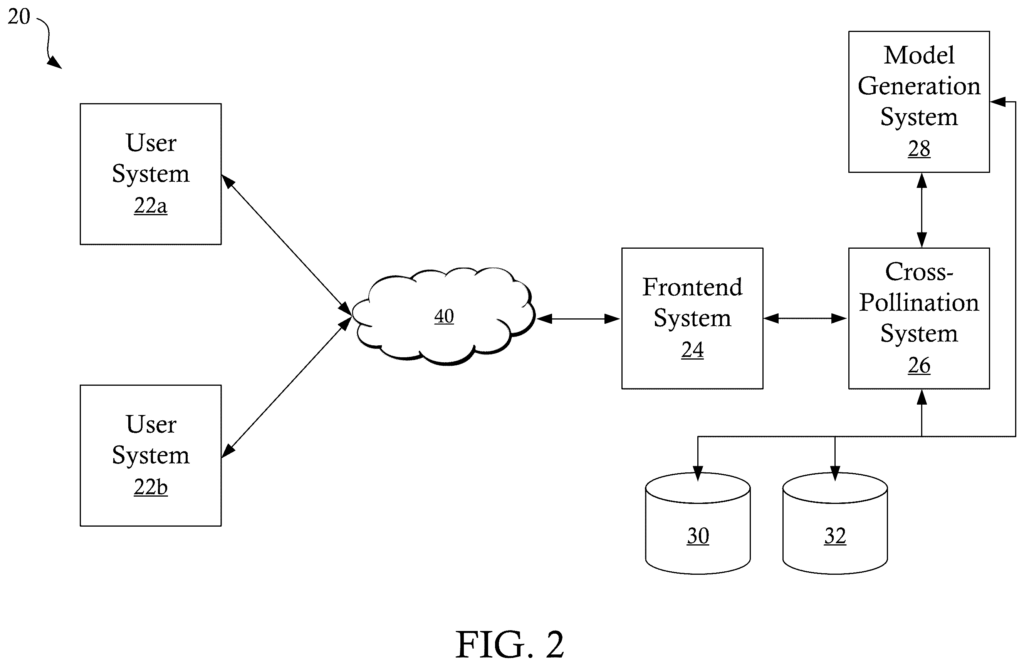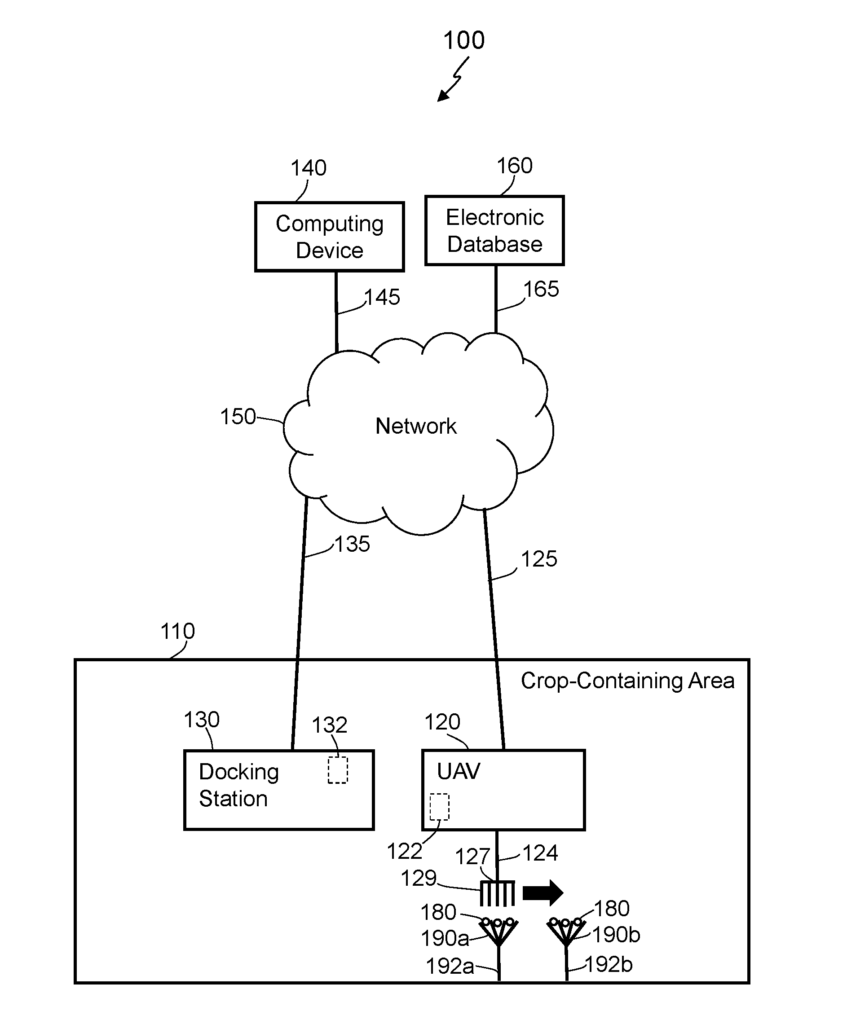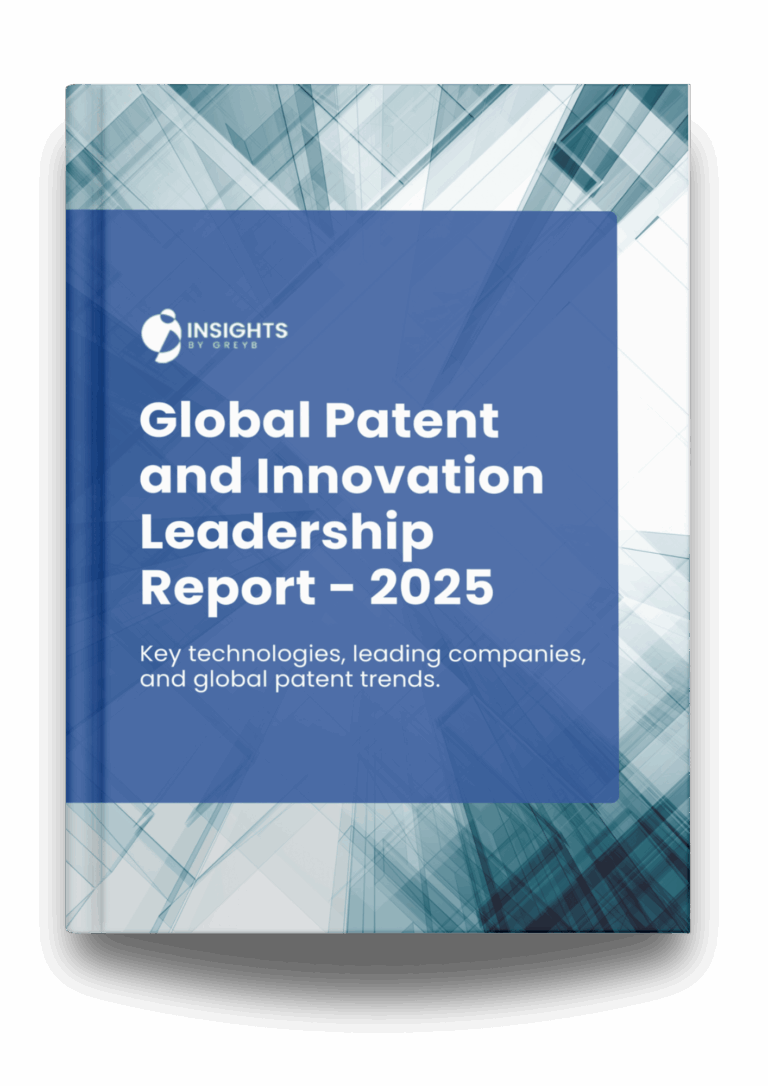What happens when nature’s smallest workers start disappearing?
As bee populations are shrinking (rapidly) – primarily due to habitat loss and pesticides – the world’s pollinators are disappearing, leaving a gaping hole in agriculture. With many crops relying on bees for reproduction, the question is: Can we rely on nature, or is it time for technology to step in and save the day or nature?
Walmart is working on just that: autonomous robot bees.
What Are Walmart’s Robot Drone Bees and How Do They Work?
Walmart’s autonomous robot bees are powered by advanced drone technology in farming. These little man-made pollinators are equipped with AI-driven sensors and cameras to navigate fields and pollinate crops like the real thing. One advantage over natural pollinators is that these drones can work nonstop—no weather, pesticides, or environmental threats can hold them back.
These drones run on batteries, making them energy-efficient while reducing the need for additional resources or human labor. They are designed to be lightweight and power-efficient, enabling longer operating hours in the field.
It’s a high-tech twist on nature’s age-old solution, making it a key part of sustainable agriculture innovations. These pollination drones could be the answer to solving the growing bee population crisis and ensuring our food supply keeps buzzing.
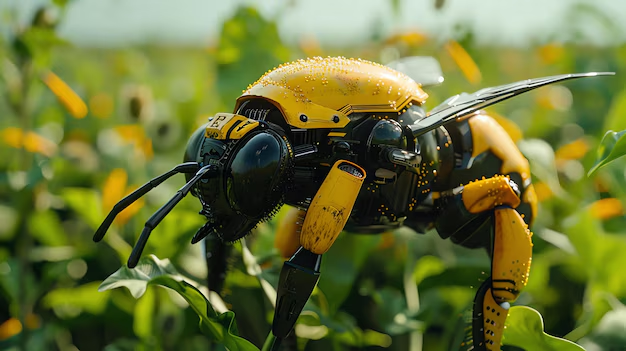
Key Features of Walmart’s Robot Bee
- Bio-Inspired AI Navigation:- The robot bees use AI to mimic real bees’ flight patterns, helping them navigate fields with precision for effective pollination.
- Weather-Resilient Pollination:- Unlike real bees, robot bees can operate in all weather conditions, ensuring consistent pollination despite rain or heat.
- Enhanced Safety Features:- Advanced sensors and AI algorithms enable drones to detect and avoid obstacles, such as birds, trees, and power lines.
- Eco-Friendly Design:- Designed to reduce pesticide use, Walmart’s robot bees help protect natural bee populations and promote sustainable farming.
- Precise, Targeted Pollination:- With high-resolution cameras, the robot bees target specific flowers, ensuring accurate and efficient pollination for higher crop yields.
- Scalability for Large Farms:- Walmart’s robot bees can be deployed in large numbers, making them ideal for pollinating vast agricultural fields.
- Energy-Efficient Operation:- The drones run on batteries, making them energy-efficient and reducing the environmental impact of farming operations.
- Self-Charging Technology:- Some models can return to charging stations to recharge themselves, ensuring they’re always ready for the next pollination task.
- Pesticide-Resistant:- These drones are not affected by pesticides, allowing them to pollinate crops without the risks faced by natural bees.
- AI-Optimized Flight Paths:- Using machine learning, the drones adjust their flight paths to maximize pollination efficiency based on environmental factors.
Patent Behind this Walmart Robot Bees
- US2018064049A1 (Teaching Robot Bees to Fly Like the Real Thing)
This patent describes Using drones to pollinate crops in a targeted and efficient manner, rather than blanket spraying pollen from aircraft. The drones carry pollen in receptacles and dispense it onto crops using on-board dispensers. Sensors on the drones detect if the pollen sticks to the crops, verifying successful pollination. This allows targeted application of pollen to specific crops, reducing waste compared to blanket spraying.
2. US2024220762A1 (How Smart Interfaces Mix Ideas to Better Match Your Needs)
The patent discloses systems and methods for generating interfaces that include cross-pollinated elements. These elements are selected based on a cross-pollination score, which is generated using a trained sequential prediction model. The interface includes items related to a user’s intent as well as cross-pollinated items associated with a different intent.
3. US20240257216A1 (How AI Matches Related Products for Better Recommendations)
This patent helps to determine related products for an anchor item, like suggesting accessories or complementary items. First, it identifies the main product type (anchor item) and finds related product types. It does this by comparing product names using a trained model to see which items are most similar. Once it finds these related products, it calculates a similarity score and uses that to select the best matches. Then, the system recommends these associated items to the user and displays them on a website or app.
4. US2018065749A1 (How Drones Are Helping Pollinate Crops More Efficiently)
This patent describes using unmanned vehicles like drones to pollinate crops in a targeted and efficient way. The drones have pollen applicators to collect pollen from a flower of one crop and apply it to the flower of another crop. Sensors detect if the applied pollen successfully fertilizes the second crop. This allows targeted pollination without excess pollen waste and verifies successful pollination.
Other Companies Working on Robotic Pollination Technology
As natural pollinators like bees continue to decline, several companies are exploring robotic alternatives to help with pollination. Here are some players in the field:
1. XAG (China):- XAG uses AI and GPS-equipped drones to pollinate specific flowers, mainly in fruit crops like apples and pears. Their drones are gaining traction in China and could soon become standard agricultural tools.
2. Pollinator by University of Sydney (Australia):- The University of Sydney’s “Pollinator” drone mimics bees to pollinate crops in areas with few natural pollinators. It’s still in testing but shows promise for increasing crop yields.
3. RoboBees by Harvard University (USA):- Harvard’s RoboBees are small robots designed to mimic bees. While still in development, they could revolutionize precision pollination once challenges like battery life are overcome.
4. E-Bee by the European Union (EU):- The E-Bee, a drone that mimics bumblebees, uses AI to track pollination on crops like berries. Still being refined, it promises high-precision pollination for crops that rely on bumblebees.
5. Agribotix (USA):- Agribotix uses drones with multispectral sensors to monitor crop health and pollination. They’re exploring ways to incorporate direct pollination in future drone models.
Summary
While Walmart’s autonomous robot bee drones are a significant step forward in robotic pollination, several other companies and research institutions are also exploring similar technologies. Companies like XAG, Agrobot, and the University of Sydney are working on automated drones to pollinate crops, monitor plant health, and reduce the reliance on natural pollinators. These innovations could pave the way for a future where robotic pollination is integral to sustainable farming practices worldwide.
These efforts contribute to the larger goal of using technology to mitigate the impacts of declining pollinator populations, ensuring food security and more efficient agricultural practices in the coming decades.

